Mathematician - Spiritual Powers - Tier 2
Quick Links:  Tier 1 |
Tier 1 |  Tier 2 |
Tier 2 |  Tier 3 |
Tier 3 |  Tier 4 |
Tier 4 |  Tier 5
Tier 5
Mathematicians are a scholarly character class. They have poor combat skills and low hit point accumulation. However, they have five Tiers of spells as well as a large number of spells within each Tier. By solving complex formulas, a Mathematician can create geometric structures from nothing, grant animating to inanimate objects, create protective barriers, and summon weapons of exquisite sharpness. Most formulas can be cast from a distance and thus allowing the Mathematician a better chance of surviving combat.
 Compression
Compression
This function enables a person or object to be temporarily shrunk down to 50% normal size. The shrinking of an object does not affect any of its properties. A shrunken person could still have normal BAtCh, Hit Points, AC, and the like. However, the individual's weapon damage and movement speed would be quartered (because two-dimensional objects shrink in proportion with the square.) The weight of a shrunken person of object decreases with the cube. In other words, a character that is shrunk to half size would weigh one-eighth as much (likewise, a character who somehow doubles in size would weigh eight times as much! Don't believe it? Take a d6 and "double" its size by making it two dice high, two dice long, and two dice wide. You'll find you've used eight dice to accomplish this doubling of dimension.) If this function is used against an unwilling target, the individual is entitled to a save versus system shock for negation. This function can affect 30 pounds per level of the Mathematician. If the target is too massive, the formula simply fails.
This power cannot be used to create an "instant slay" condition. For example, a Mathematician cannot use Compression to shrink an annoying merchant's tie by 50%, thus instantly strangling the man. The shrinkage will always stop after doing a maximum of 1d6 points of damage. Supernatural items get a +1 save versus harmonics per degree of enchantment to negate the effects of this formula.
Changes from the printed (book) version: the target's save is system shock instead of magical weapon. The duration is now turns per level instead of rounds per level (in keeping with the Mathematician's other "utility" spells).
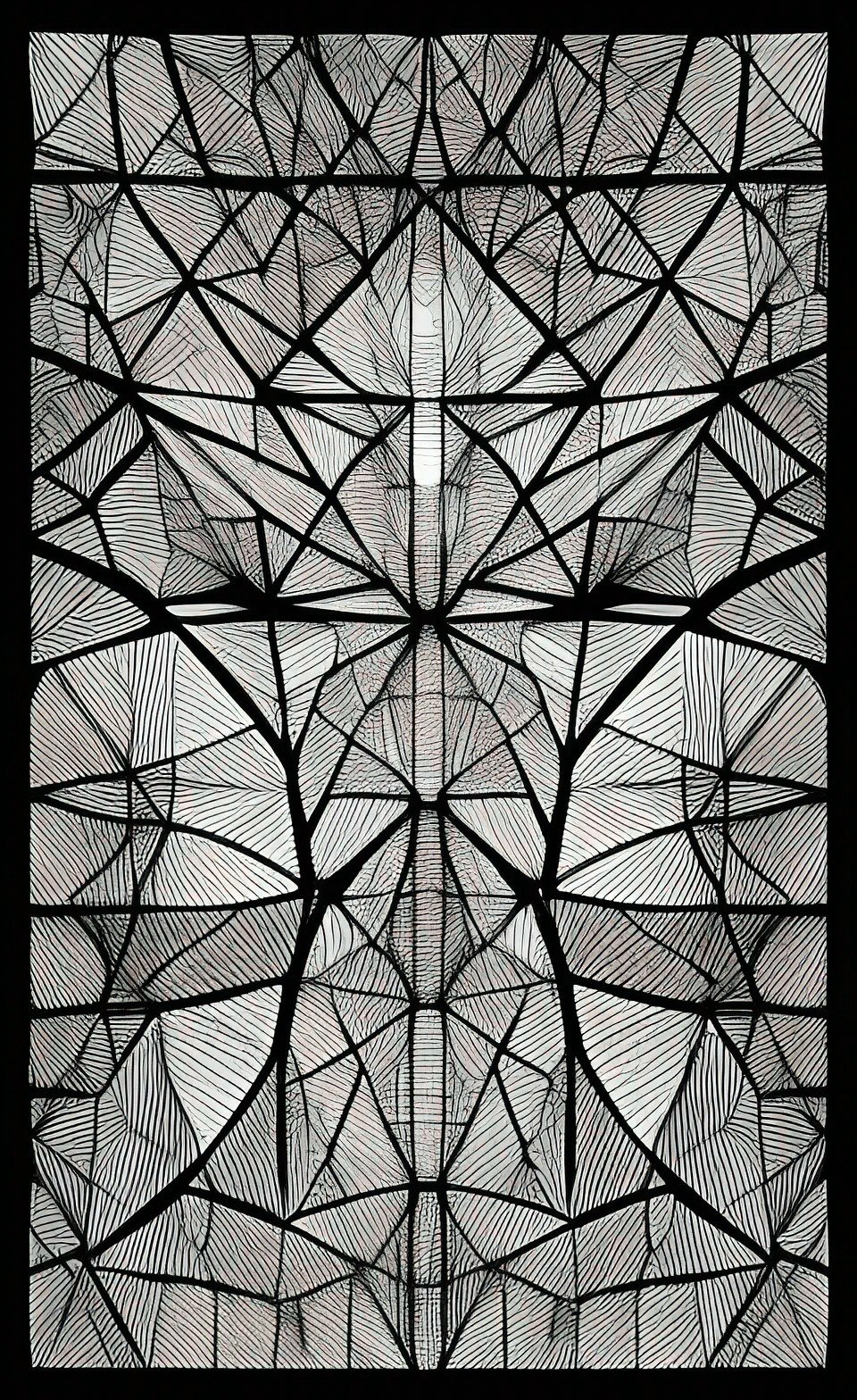
Dark Matter Barricade
Changes from the printed (book) version: The formula no longer inflicts damage to organic life. It does, however, block insubstantial opponents and blocks teleportation.
![]() Dark Matter Beacon
Dark Matter Beacon
Changes from the printed (book) version: The formula has been reworked to become a "dark" Light formula. This formula has been renamed "Dark Matter Beacon" from "Detect Dark Matter".
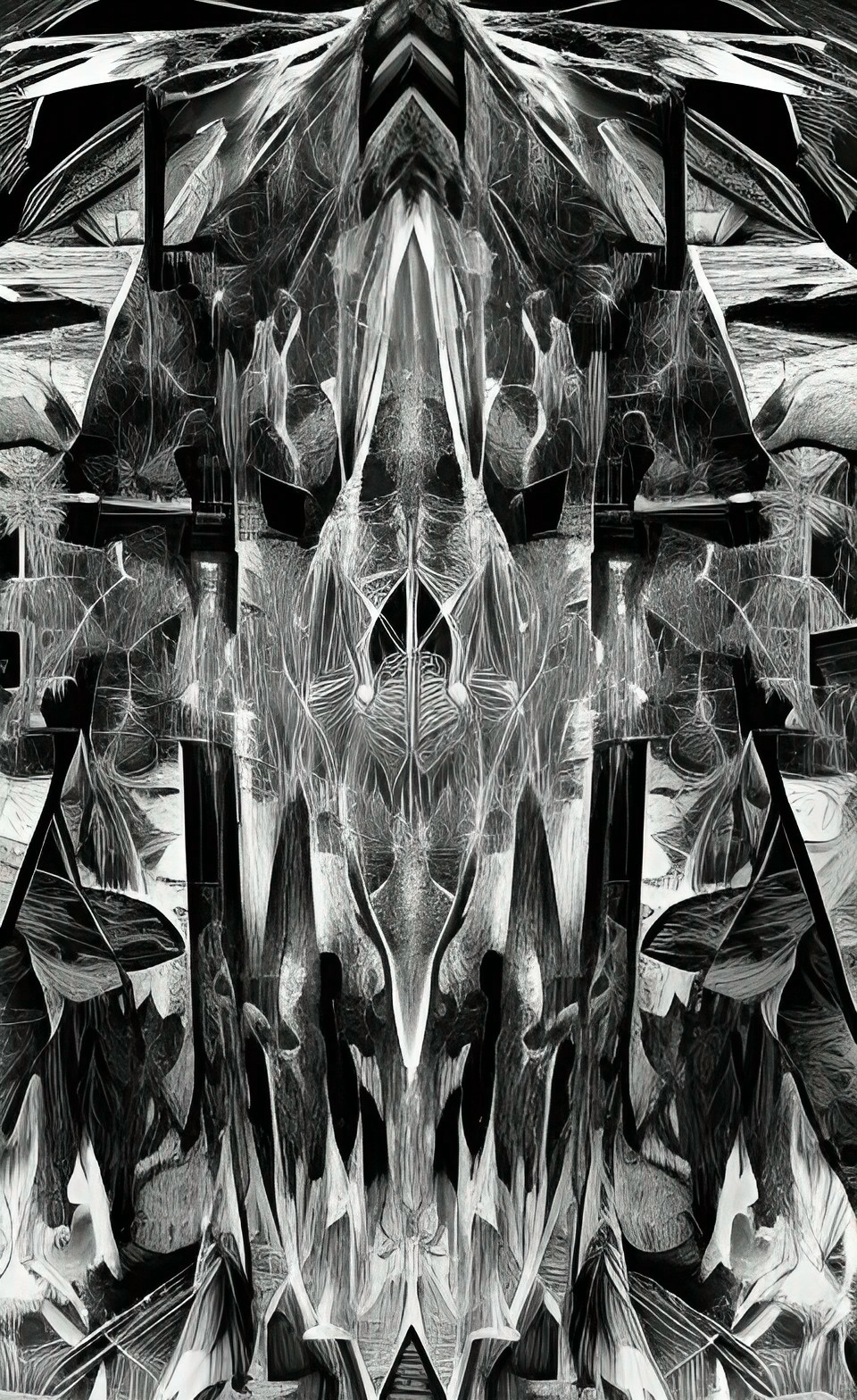 Dematerialize
Dematerialize
Changes from the printed (book) version: The Mathematician no longer takes extra damage from wind-based attacks but instead is now vulnerable to iron. this formula has been renamed "Dematerialize" instead of "Demolecularize"
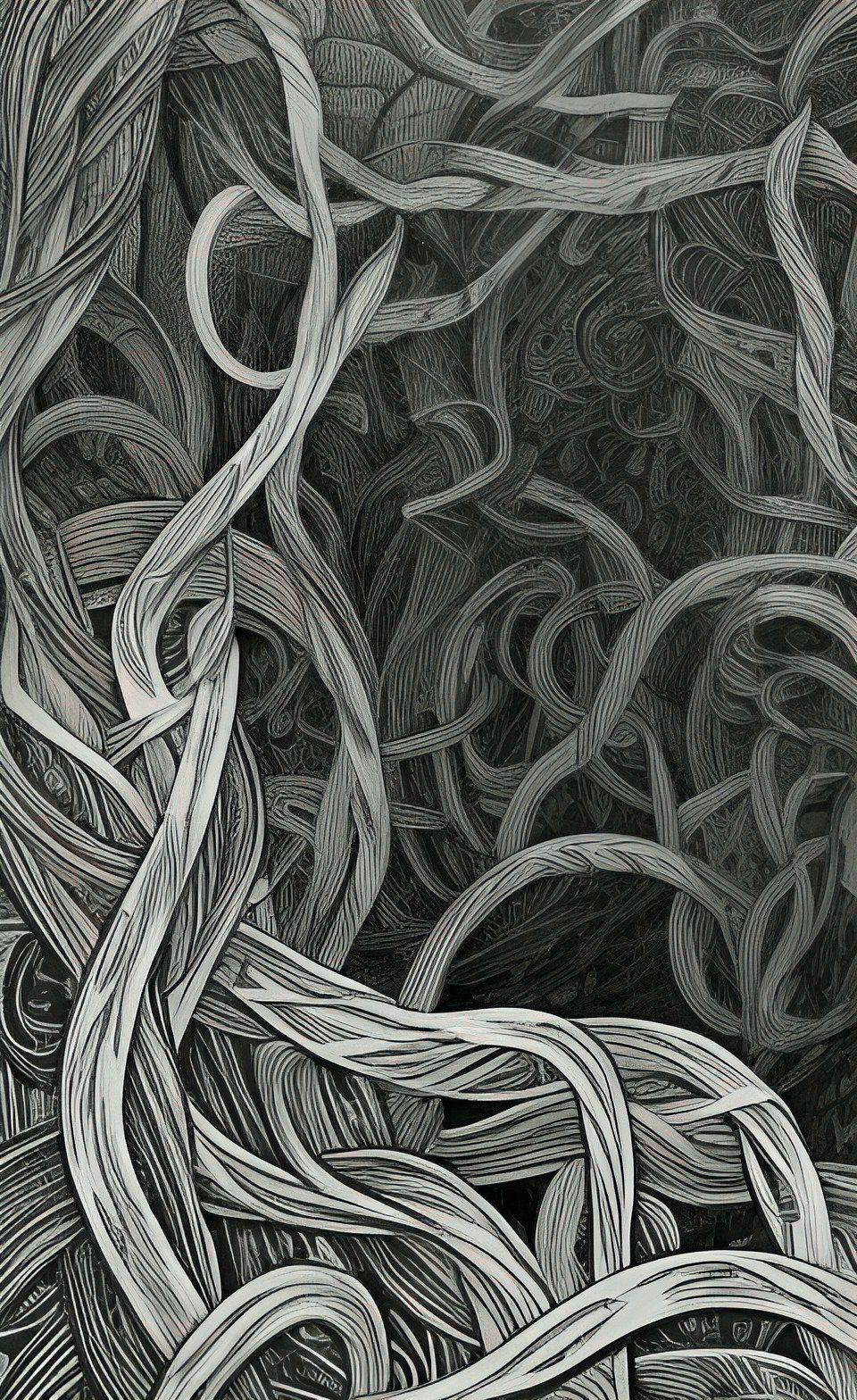 Fractal Replication
Fractal Replication
This function creates an imperfect copy of an original material item. For example, a Mathematician could copy a sword using this function, but the copy would be -2 in all functions (useful for sale to a theater production). A copied book would be legible, but may have spelling errors, inconsistent font, or missing punctuation. Copied jewelry would be heavily flawed (a flawed diamond is still useful for its sharpness and hardness however.) A copy of an intensity 5 antitoxin would function as an intensity 3 antitoxin. Copied gasoline would still burn but the fuel economy of the vehicle would be reduced by 10%. Copied food would be edible and nutritious, but the flavor would be diluted. Money would be obviously counterfeit, but an unscrupulous Mathematician could still pass it off to a drunkard, beggar, or fool.
This function was designed primarily for the replication of bulk items, such as grain, water, coarse cloth, travel rations (since they already don't have much flavor), twine and the like. All copies of items function at -2 (or equivalent) in all respects. Supernatural items cannot be copied. An object that is the result of being copied cannot be copied further (i.e. one cannot make a copy of a copy.)
If the formula is used on lightweight objects, the spell will make numerous copies of the same object until the weight allowance is expended. Thus, a Level 5 Mathematician using this formula on a one-pound ration bar would end up with 25 replicated ration bars.
Changes from the printed (book) version: The yield is increased to 5 pounds per level (solid) or 1 gallon per level (liquid). The spell copies up to the weight limit.

Fractal Vines
Changes from the printed (book) version: The vines now immobilize unless destroyed or if the target makes a successful saving throw.
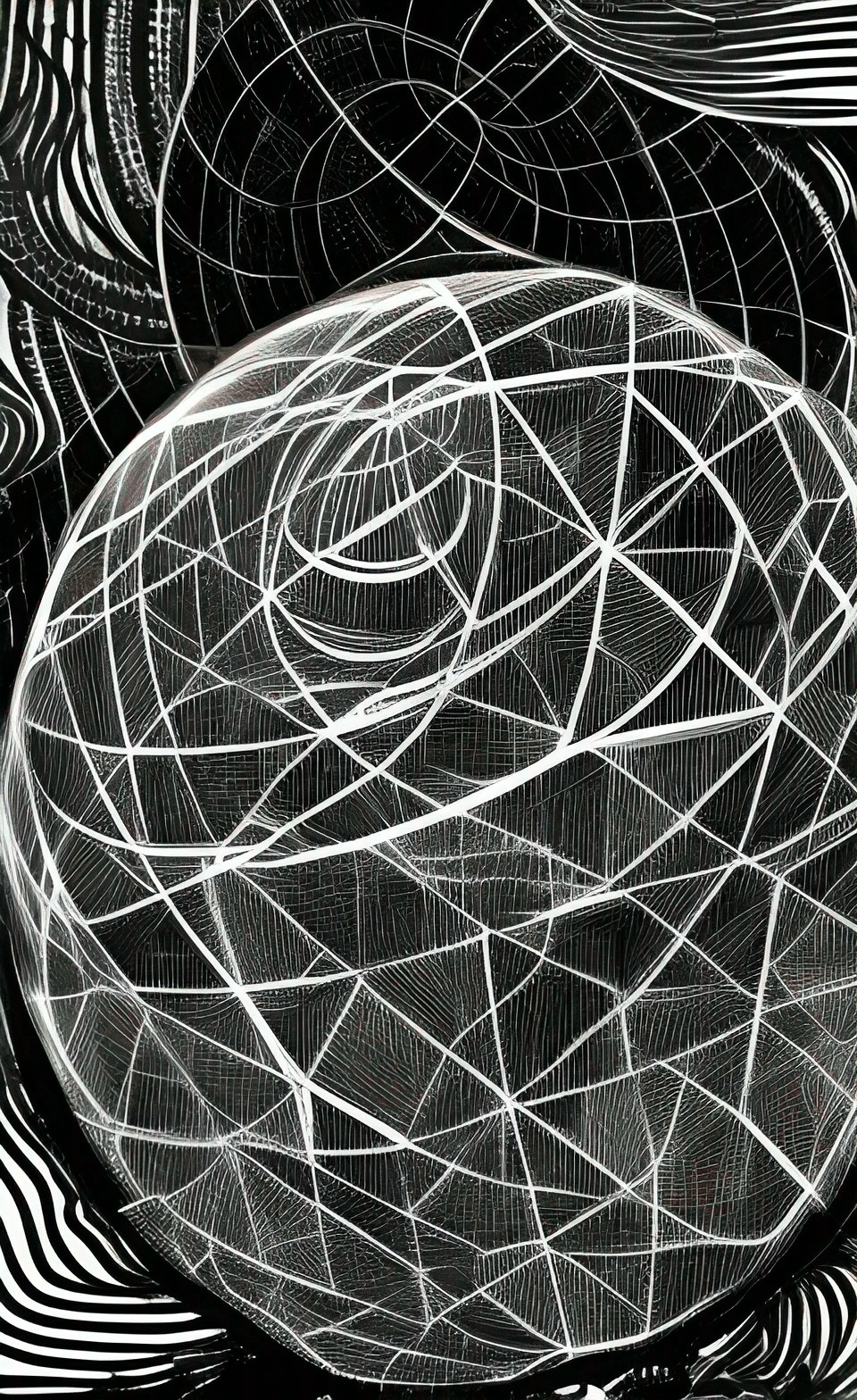
Geometric Sphere
Changes from the printed (book) version: Instead of the size of the sphere being scaled to the Mathematician's level, the quantity of spheres are scaled to level.
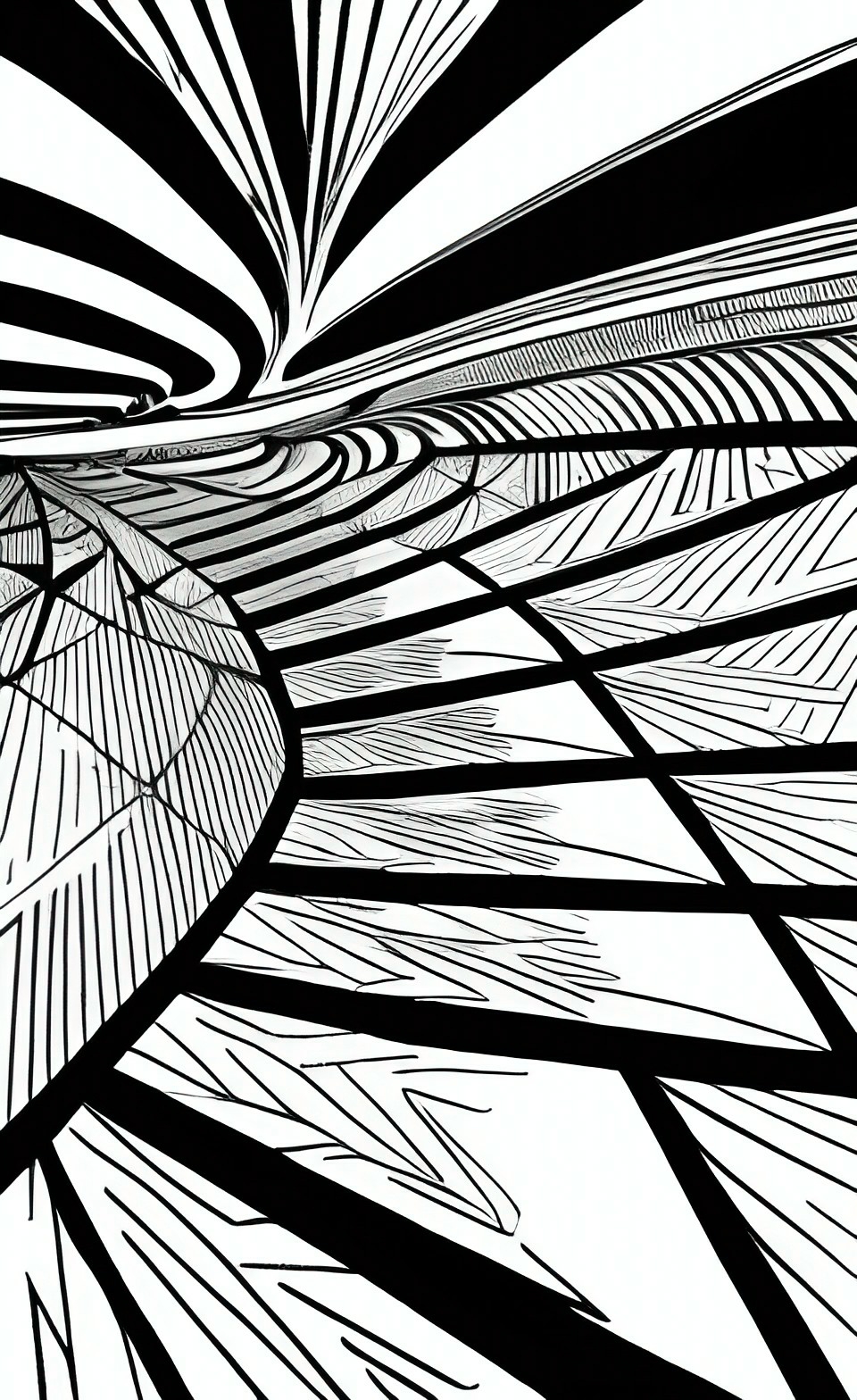 Geometric Walkway
Geometric Walkway
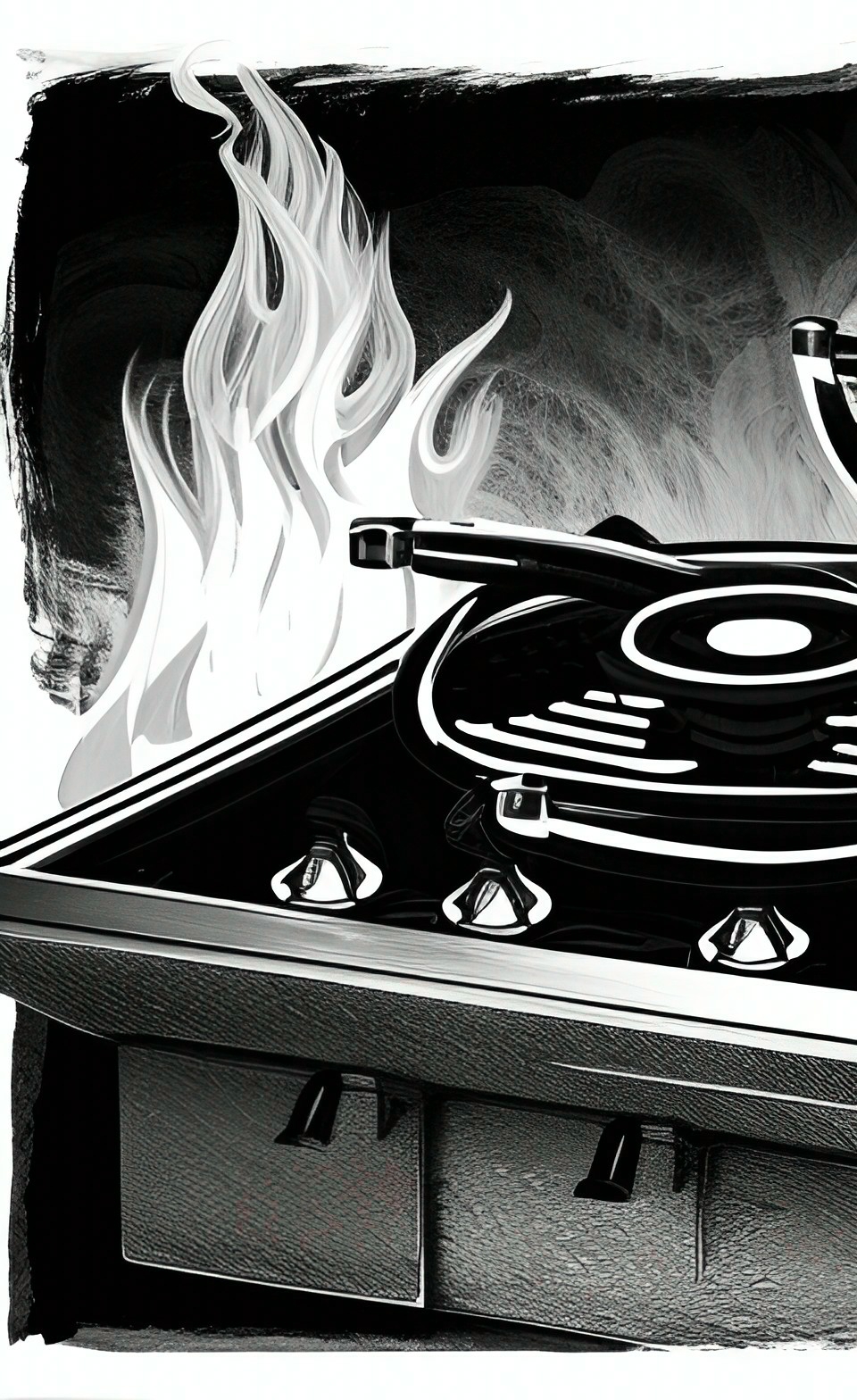 Heat or Cool Object
Heat or Cool Object
This formula allows the Mathematician to either excite or slow the kinetic energy of a targeted object. The net effect is that the object either becomes very hot or very cold. Note that only objects (not living organisms) can be targeted. However, many Mathematicians have used this formula in combat to make an enemy's sword too hot to touch or give hypothermia to an enemy wearing a suit of metal armor. Likewise, Constructs can be directly targeted (since a few of them may qualify as "living" but none ever qualify as "organisms").
The extent of the hot/cold effects scale with the Mathematician's level:
| Mathematician's Level | Heating Effect | Cooling Effect |
| 1 to 5 | Object is uncomfortable to touch (-1 to all actions). | Object is chilling to the touch. Skin making contact with the object goes numb. |
| 6 to 10 | Object is burning hot. Anyone touching the object takes 1d6 damage per round. Paper burns. Water boils. | Object is amazingly cold. Anyone touching the object loses the use of the hand/foot/appendage for 1d6 rounds. Water freezes immediately. |
| 11 to 15 | Object is scorching hot. Anyone touching the object takes 2d6 damage per round. Wood catches fire. Automotive coolant boils. | Object is sufficiently cold to inflict frostbite. Alcohol freezes immediately. Anyone touching the object takes 1d6 damage from frostbite. Affected limbs are unusable for 1d6 turns unless magically healed. |
| 16 to 19 | Metal begins get hot enough to glow and become soft. Anyone coming in contact will take 3d6 damage per round. Welding is possible at this level. | Object is sufficiently cold to freeze antifreeze. Anyone touching this object must Save vs System Shock or fall into a comatose state from hypothermia and also take 2d6 damage per round. |
| 20 | Metal melts (as in a forge). Anyone coming into contact with the object will take 5d6 damage per round. | The Mathematician can create liquid nitrogen with this formula. Anyone coming into contact takes 4d6 damage per round and must save versus system shock to avoid breaking the appendage. |
Changes from the printed (book): The spell effect lasts rounds per level (in keeping with other combat spells). The damage effects are more consistently scaled.
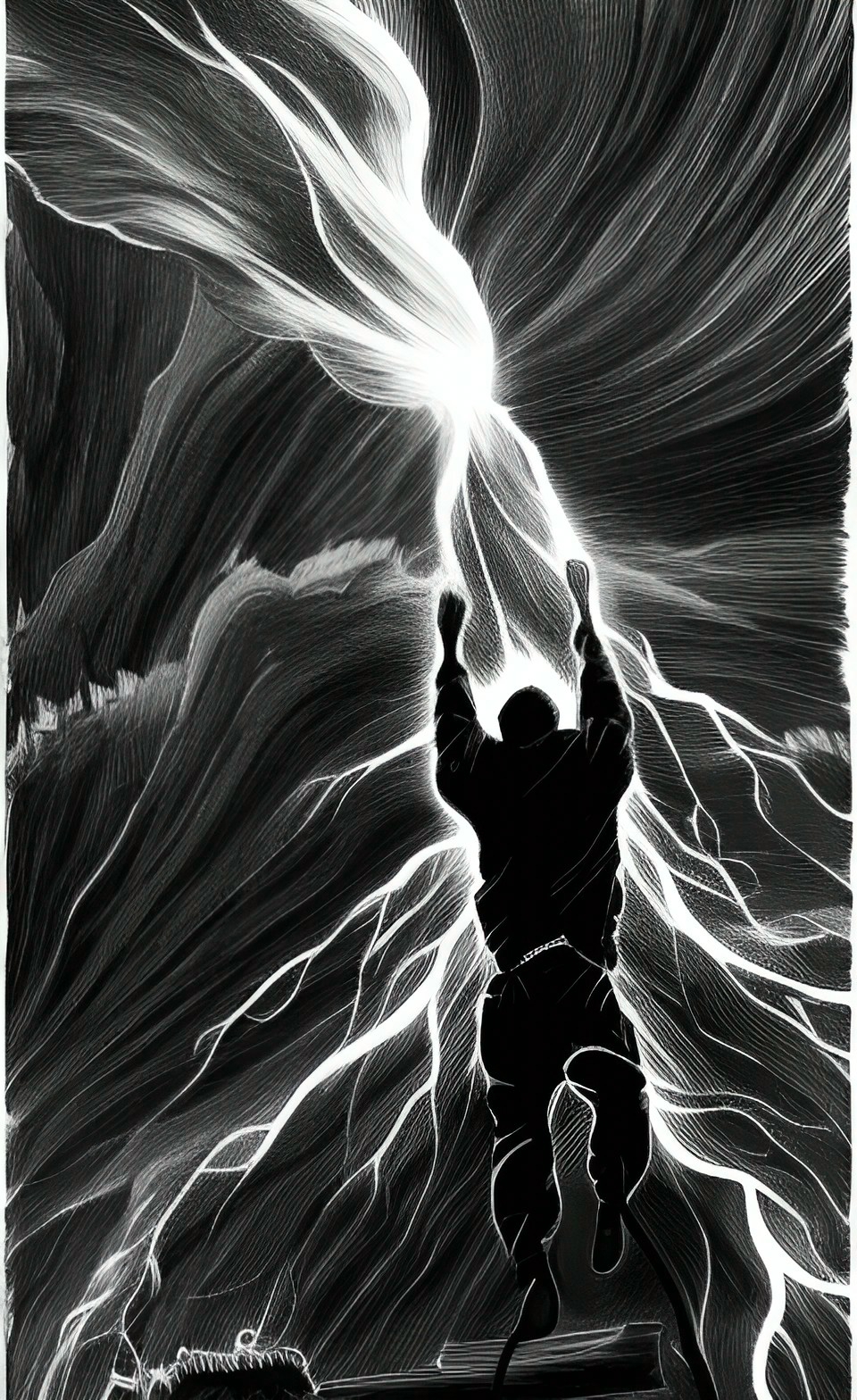 Incomprehensible Convulsions
Incomprehensible Convulsions
This formula is essentially a beefed-up version of Incomprehensible Flicker. The formula calls into being a 10'x10' floating pane that displays a view into the Imaginary Realm. So vivid is the imagery and so incomprehensible the content that any foes who fail a Save vs. Sleep/Charm will be racked with convulsions (and effectively be incapacitated) for the duration of the formula. Each round of convulsions inflicts one hit point of damage (due to muscle spasms). As with Incomprehensible Flicker, any intentional attack against the victims of this formula will end the effect prematurely. The visual range for this manifestation is 30' from the floating pane. Constructs and the Undead are immune to this spell due to having insufficient imagination.
Changes from the printed (book) version: This is actually a new spell. Fractal Ferns, however, is discarded in its entirety.
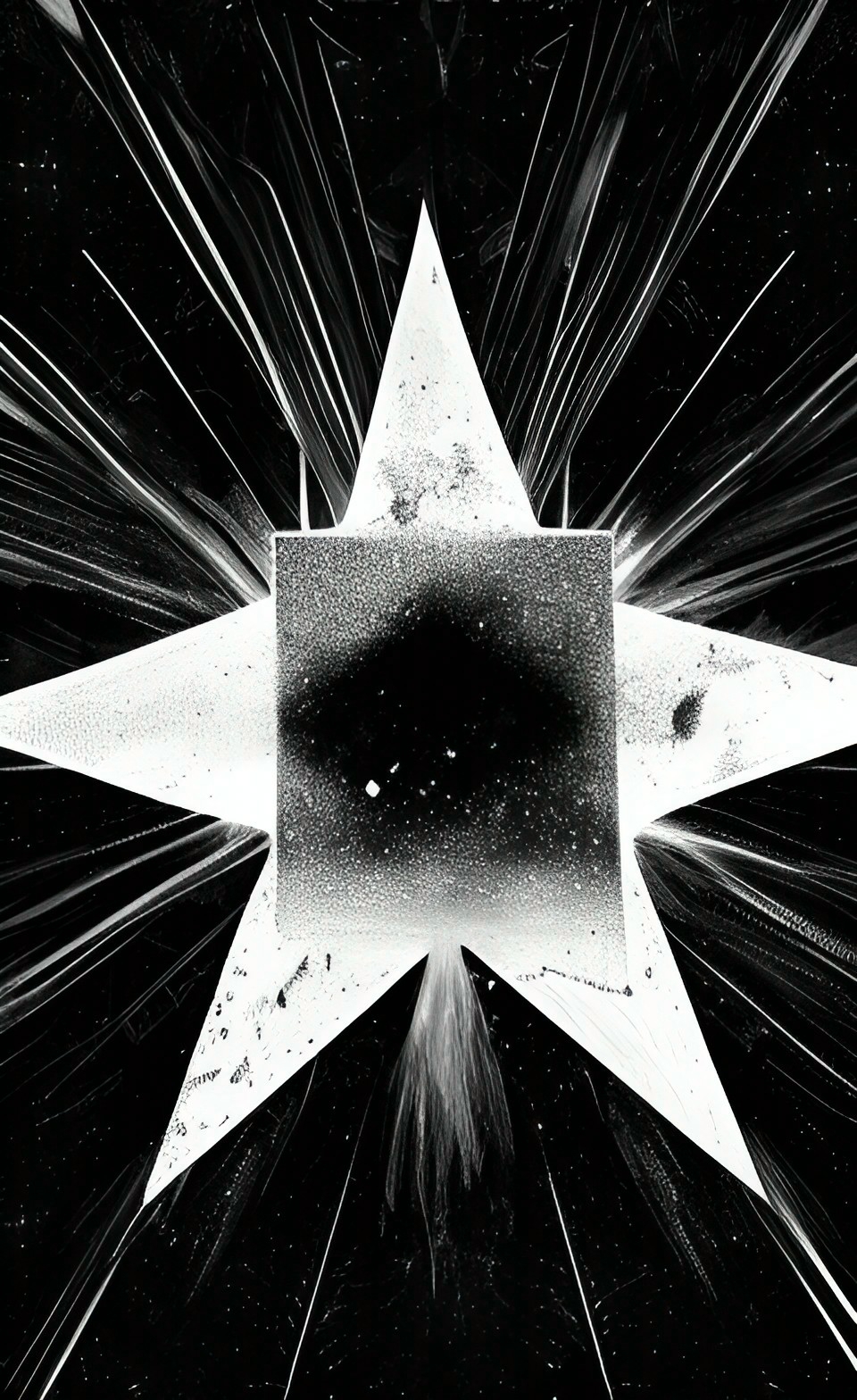 Monofilament Throwing Star
Monofilament Throwing Star
- Ordinary non-living matter: 1d4
- Living matter (and people): 2d4
- Energy-based shields not created by pure geometry: 3d4
- Constructs and geometric contrivances: 4d4
Changes from the printed (book) version: "Ranged touch attack" is explained; the damage is scaled more logically; the range is now a multiple of 5 or 10 (in keeping with the theme of Mathematician formulas).
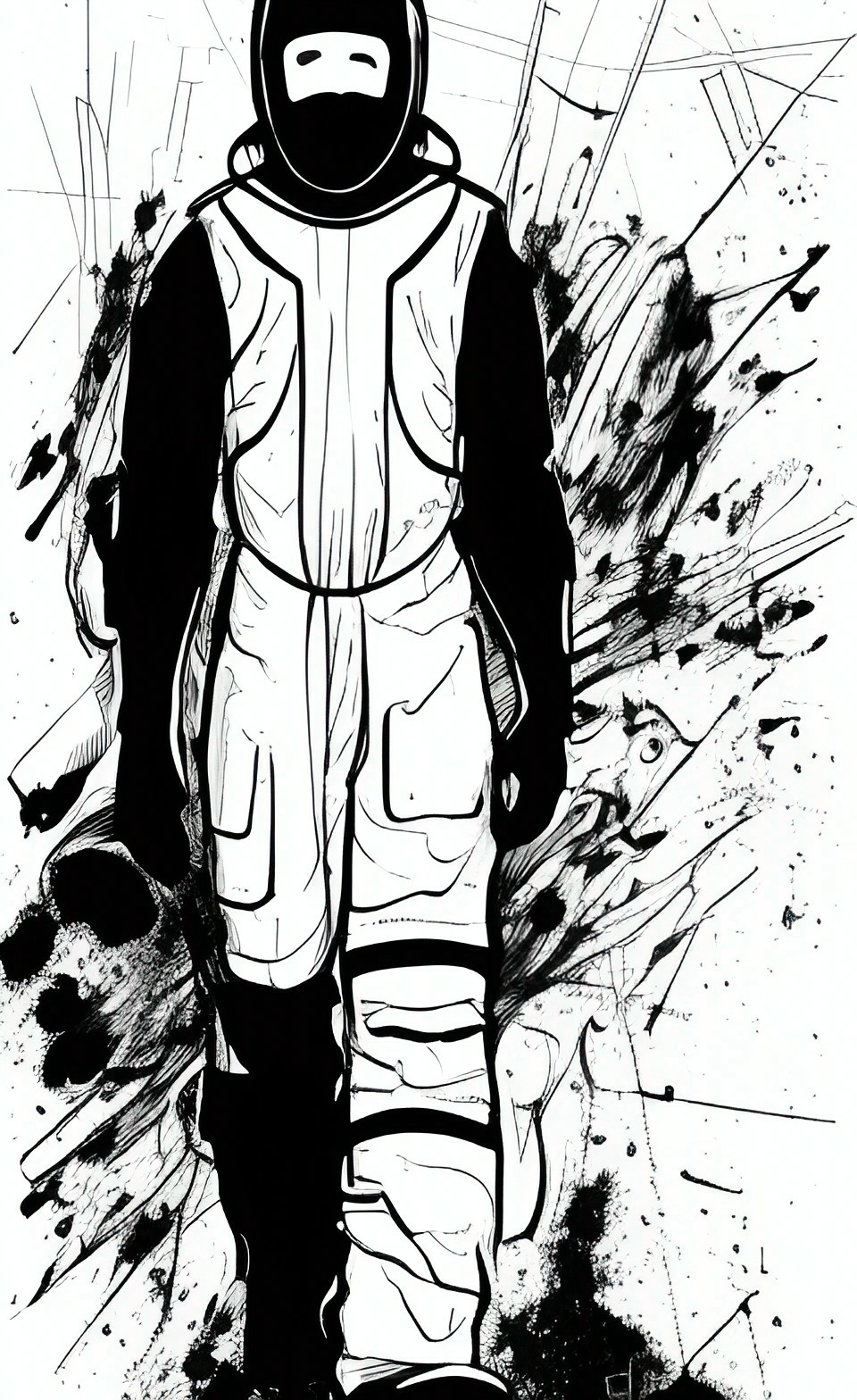 Protection From Radiation
Protection From Radiation
Changes from the printed (book) version: This formula has been completely rewritten and replaces Protection From Dark Matter (which has been discarded).
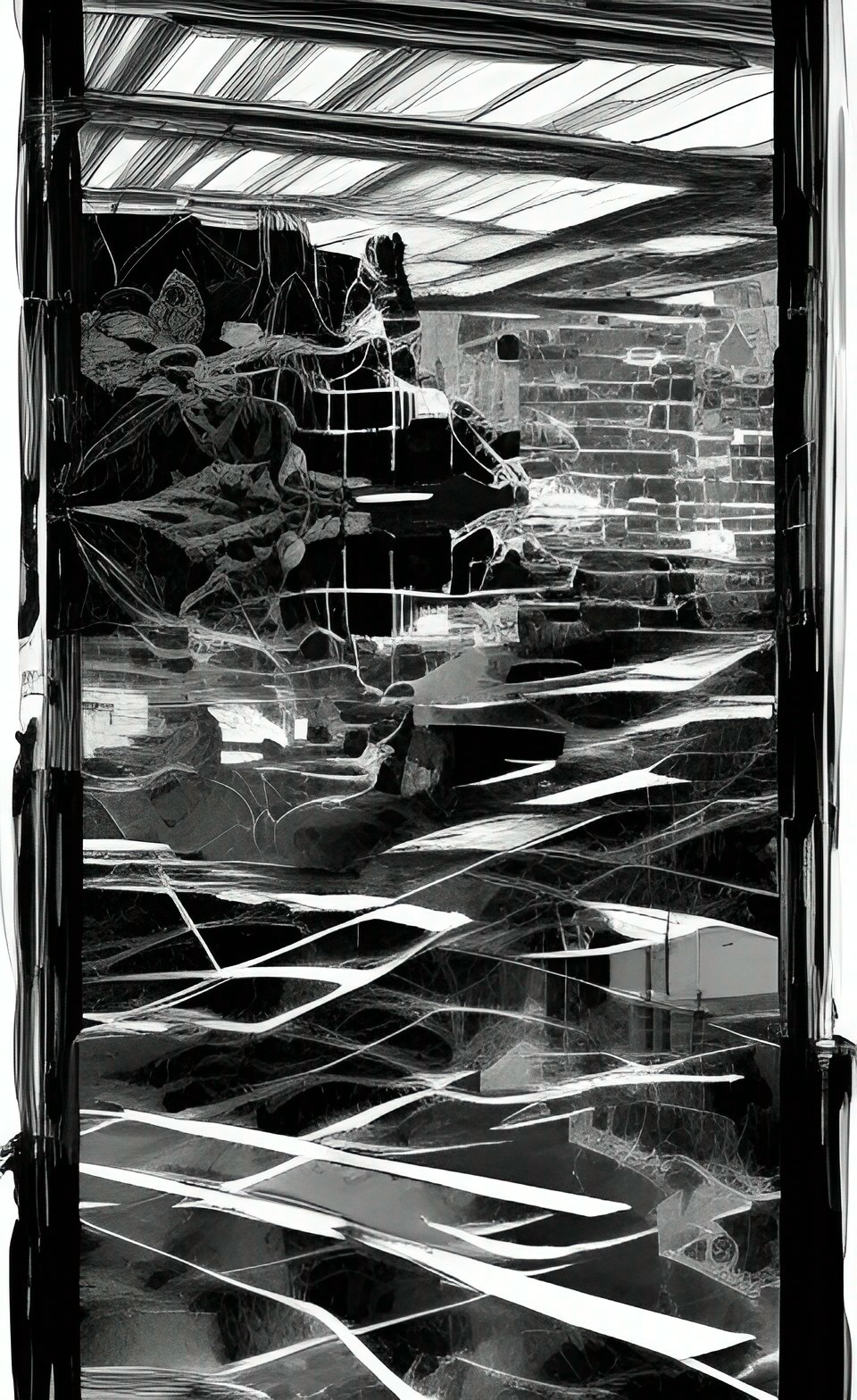 Scattered Images
Scattered Images
Changes from the printed (book) version: the formula only lasts rounds per level instead of turns per level (because this is more of a combat spell than a utility spell). The formula now creates projections that take autonomous action instead of merely copying the movements of the Mathematician.
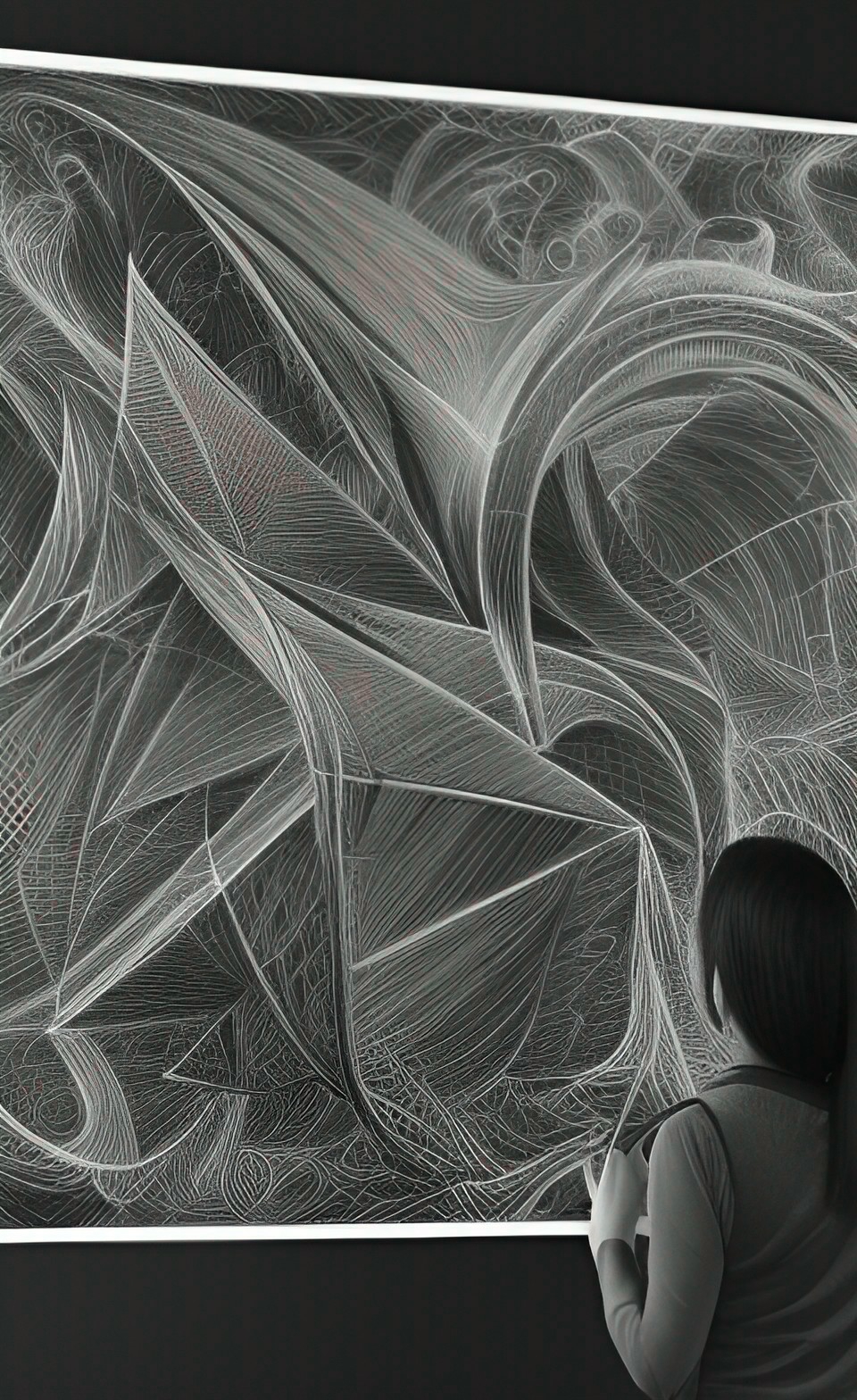 Second Derivative
Second Derivative
(handy for those Mathematician/Thief split-class characters).
As with Derivative, this formula can be used to reverse the effects of an Integration. Items (or people, in the event of a particularly cruel Mathematician) can be uncombined. The normal weight and volume restrictions are ignored in the case of reversing an Integration. To determine if this operation is successful, the Mathematician invoking Derivative must match his or her level against the level of the Mathematician who cast Integration (using the  Universal Matrix). If the target of the formula is unwilling, a save versus magical weapon will negate the effect.
Universal Matrix). If the target of the formula is unwilling, a save versus magical weapon will negate the effect.
If the formula is used for combat purposes (i.e. wrecking a solid steel door by deriving it into carbon and iron filings), it can inflict one or two structural point of damage per use (a coin toss or an odd/even die roll determines damage of 1 or 2). Consecrated/magical/supernatural items get a +1 save versus harmonics per degree of enchantment. Mundane items do not get a save, although damage is limited to one or two structural points. Typical combat uses include weakening a small area in a castle wall, weakening a section of boat hull, ruining doors and grates, and injuring Constructs.
The area of effect depends on the type of object targeted. This formula can affect five pounds per level of solid matter, one gallon per level of liquid, or it can affect a 10''x10''x10'' cube of gaseous volume per level. It can target a bridge, wall, or Construct of any size. However, the maximum damage is always one structural point regardless of the size of the target/
Changes from the printed (book) version: The area of effect is corrected. The original version listed "ounces per level" instead of "pounds per level". Additionally, the range had been omitted (it is now 3// line of sight).
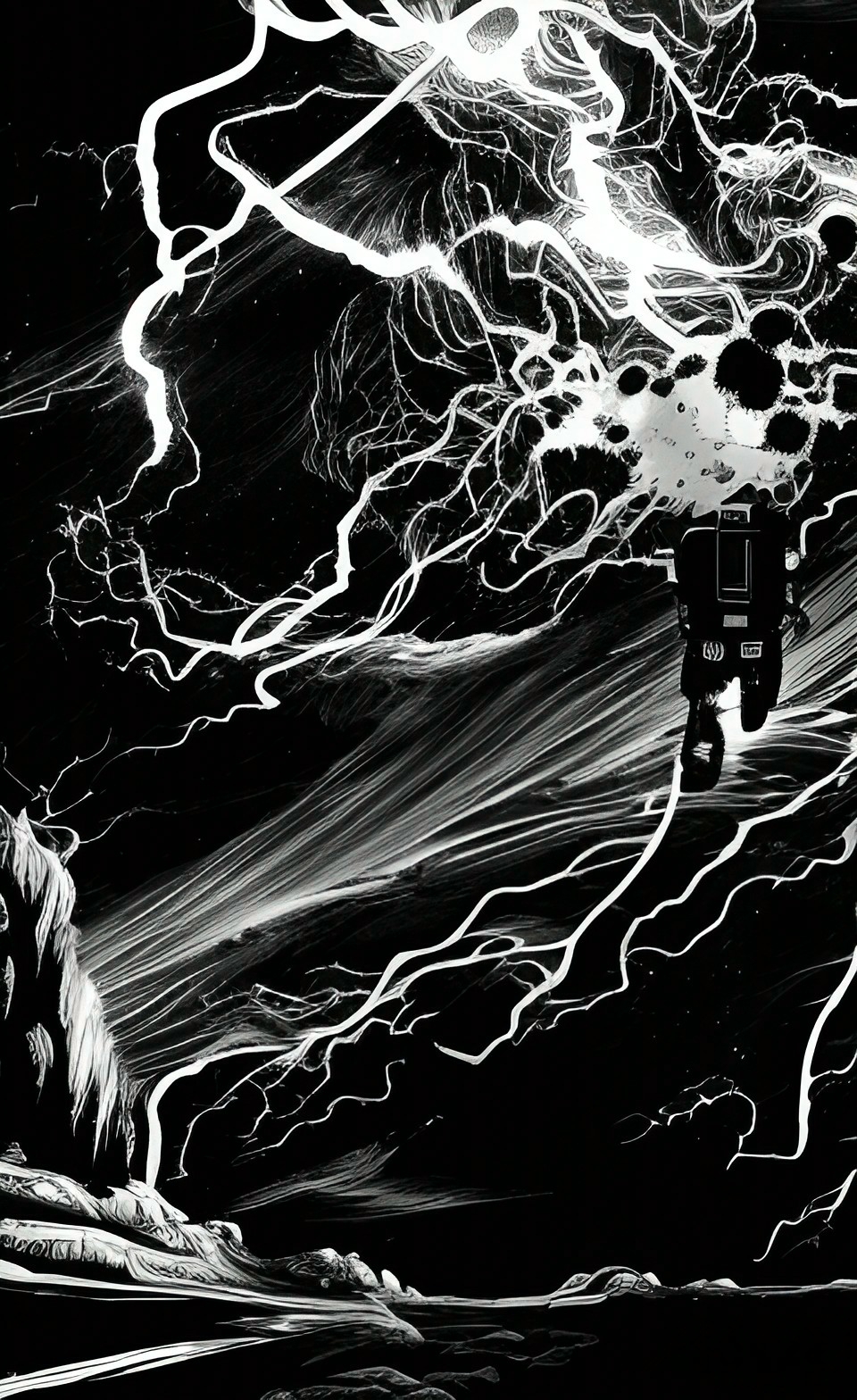
Stun Construct
This formula launches a powerful electromagnetic pulse at a targeted Construct. If the Construct fails an Item Save versus Harmonics or a Save versus System Shock, the Construct's Theoretical Engine is momentarily reset by the blast. This effect results in the Construct being incapacitated for 1d4 rounds as it "reboots", followed by a period of reduced functionality that lasts for one round per level of the Mathematician. During the residual period of the formula, the injured Construct can take defensive actions or make a controlled retreat, but it cannot use any weapons or directly attack.
Note, this formula works on "living" Constructs as well. In the latter event, the Construct does not lose consciousness during the "reboot" phase but is still otherwise incapacitated. It will likely be using the downtime for plotting revenge.
Changes from the printed (book) version: The range is extended to 10//. The spell effect has been revised to include two phases.
Things to Consider
|